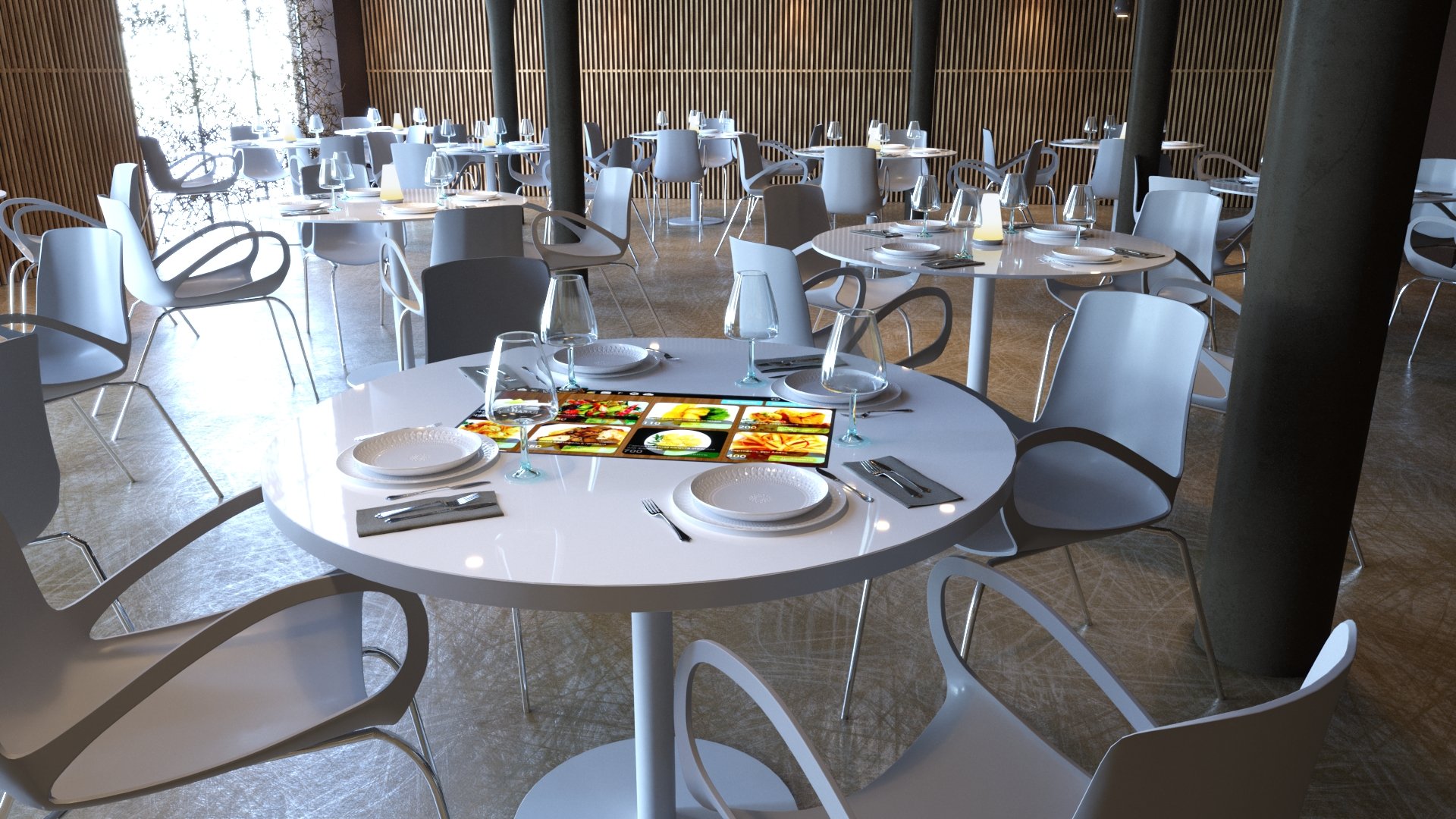In modern restaurant business, attracting customers is becoming increasingly challenging due to high competition. Sensor tables have become a real breakthrough, providing a new level of service, interactivity, and personalization. If you’re interested in innovations for your establishment, consider the sensor tables available on the Elpix website. If you are looking to buy an interactive table, this article will help you understand how its use can transform your venue.
Sensor tables allow customers to browse menus in a convenient format: with detailed descriptions, dish photos, and allergen information. Such systems can suggest dishes based on previous orders or customer preferences. For example, a guest who previously ordered vegetarian food will receive recommendations for suitable dishes first.
In high-traffic establishments like fast-food outlets, integrating tables with touch screens significantly reduces waiting times. Customers can place orders themselves and send them directly to the kitchen. This enables restaurants to serve more visitors in less time.
Multimedia tables often offer entertainment features: games, quizzes, or interesting facts about dishes and their origins. This creates a unique experience for customers and helps maintain their attention.
After the COVID-19 pandemic, contactless solutions gained popularity. A sensor table allows customers to interact with the menu, place orders, and pay the bill without physical contact. This adds a sense of safety and convenience.
Interactive tables can broadcast the cooking process in real-time, allowing customers to observe the chef at work. This not only adds transparency but also makes the dining experience more exciting.
In concept-driven establishments, such as sci-fi restaurants, multimedia tables can integrate virtual journeys into the theme. Visitors can learn the story of a dish or its ingredients through interactive apps.
Family cafes implement game functions on interactive tables to entertain children. For example, interactive coloring books, puzzles, or educational programs help kids have fun while their parents enjoy the meal.
In premium establishments, a table with a touch screen can offer interactive wine lists or food and drink pairing recommendations. For instance, after choosing a main course, the customer can see detailed information about wines that complement the dish.
Interactive tables, like the one in the photo, can adapt for use by large groups. Each participant can independently place an order through their part of the screen, reducing the burden on wait staff.

Bright visual menus motivate customers to order more. For example, after ordering a main course, the customer might be offered a suitable dessert or drink with visualization.
Sensor tables reduce the workload on wait staff, allowing them to focus on other aspects of service. This is especially useful for large restaurants.
Multimedia tables can display special offers, promotions, or even collect real-time feedback from customers. This helps restaurants adapt their strategies to audience needs.
Sensor tables have become a key tool in transforming the restaurant business. They not only improve service but also create a unique experience for customers. By using them, restaurants can significantly increase average checks, attract new clients, and optimize staff performance. Interactivity, modern design, and adaptability to various business formats make these tables a universal solution for venues of any level.
The implementation of sensor tables helps build a positive image of your restaurant, distinguishes it from competitors, and ensures long-term customer loyalty. A successful restaurant combines modern technologies with high-quality service, and sensor tables are a key element of this combination.